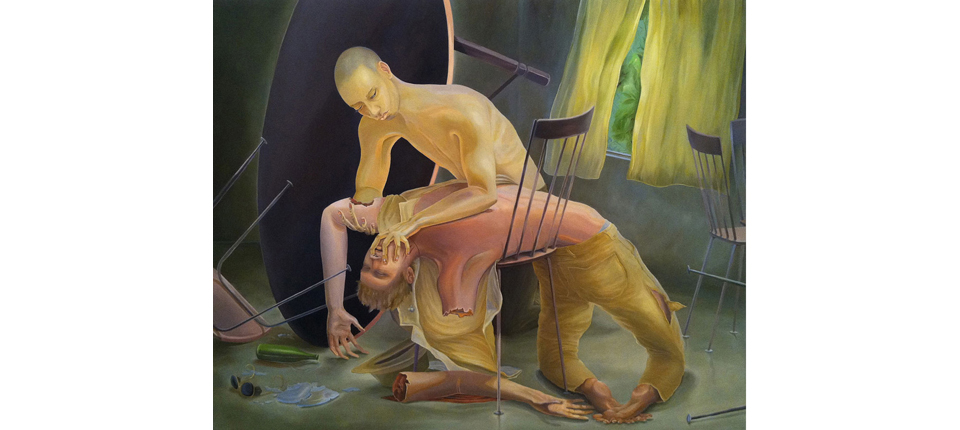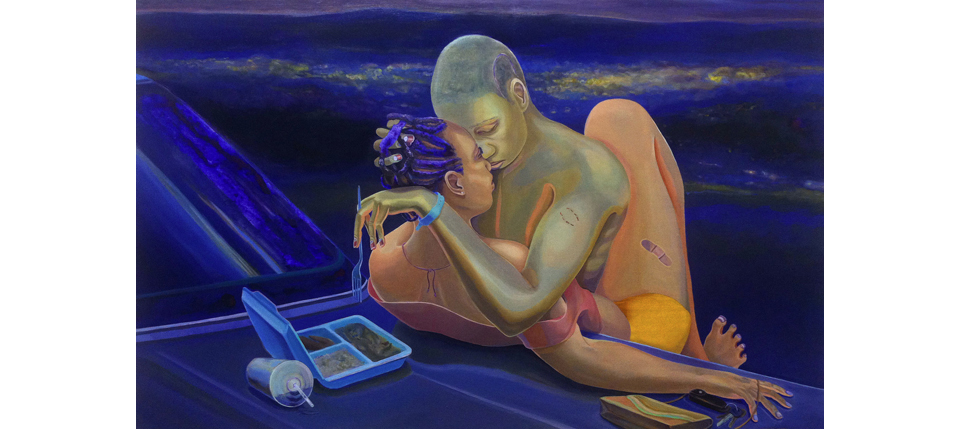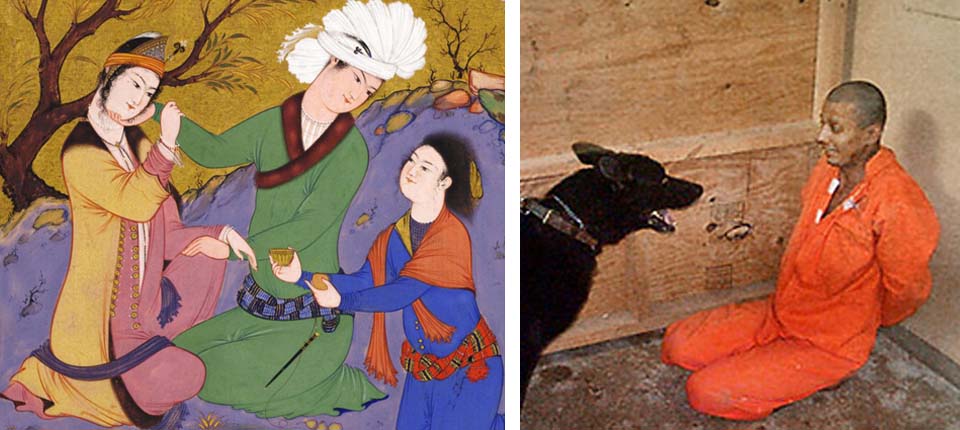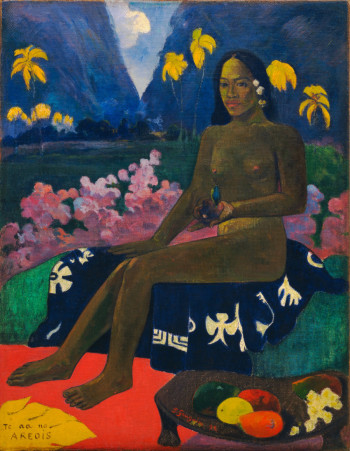Exhibition XII
Aaron Gilbert: Possessed
Art not need to have immediate impact to have value it could be troubling yet still bare repeated viewing. You can find this slow disclosure in the work of Aaron Gilbert, an artist who is slightly tense without being melodramatic.His paintings contain narrative that doesn’t always show themselves at once. The work is subtle, puzzling, discreet, and undermining. Things are not always explicit, things are not always what they seem. He tells stories, plays, parables and folklore. Gilbert draws from Persian miniatures, symbolism and poetry, from fables, music videos, and movies. He takes a multicultural approach to his work.
Aaron Gilbert, b 1979, is an American painter whose work depicts symbolic and psychological narratives. He has been awarded by the American Academy of Arts and Letters as the 2010 ”Young American Painter of Distinction.” Gilbert has exhibited paintings at Deitch Projects in New York, Marc Selwyn Fine Arts in LA as well as galleries in Berlin, Providence, and Barcelona. His work is currently in the permanent collection of the Brooklyn Museum of Art. Residencies include 2013 Fountainhead Residency, 2012 Yaddo, 2008 LMCC Workspace Residency as well as a 2008 Affiliate Fellowship at the American Academy in Rome. Aaron holds an MFA in painting from Yale, and a BFA in painting from RISD.











